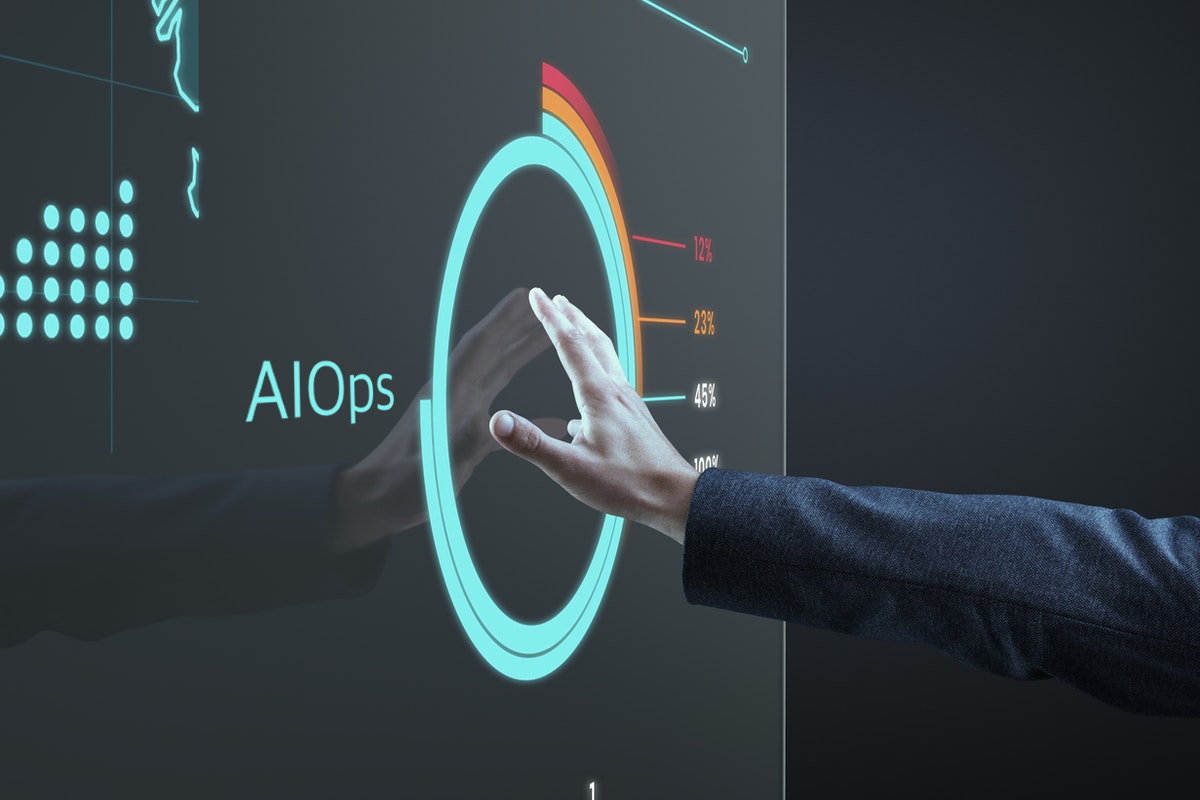The domain of IT is ever-changing, and we suppose that it makes sense when you consider that the field is based around technology. Modern IT environments are becoming increasingly advanced by the day, and their associated operations teams are benefiting from additional tech, data, and monitoring tools.
AIOps promises to be the cause of a digital transformation in the IT industry, and we’re going to be looking at exactly what AIOps is over the course of today’s guide. We’ll explore the basics of AIOps and then we’ll move on to why AIOps platforms could be beneficial in an IT and business environment.

What is AIOps?
To put things into perspective, AIOps stands for artificial intelligence for IT operations. This essentially means that IT operations are no longer wholly run by a human element and devops teams can benefit from increased automation in their workspace, allowing them to benefit from significant streamlining.
One thing that many people in the industry are concerned about is AIOps taking over the human element and putting people out of jobs, but this isn’t a very valid concern. This is because there will always need to be a person overseeing these operations, and AIOps is simply a way of making infrastructure run more smoothly.
Think of AIOps as the next tier of analytics and performance monitoring, in which the IT operations of a business are monitored through the cloud. By establishing event correlation and going through the data generated by IT operations, it can sift through signals and determine when something is out of the ordinary (and its root cause) due to its unique algorithms.
Despite the name, AIOps isn’t actually run by true artificial intelligence, which humankind has yet to create. In fact, it’s more of a form of automation and performance monitoring. In some cases, AIOps can solve issues on its own, but a lot of the time, it will require third-party intervention in the form of operations teams.
Why Do Enterprises Need Intelligence for IT Operations?
As businesses move away from the kind of centralized operations management that has been traditional in the sector, a mix of different clouds are instead being used. To coordinate between all of these clouds, AIOps operates nearly on its own, doing what no person could manage on their own due to data density.
Statistics have shown that the typical business’s IT department generates about three times more data with each year that passes by. To distill all of this info into something that can easily be monitored by present enterprise infrastructure, AIOps works round the clock.
Original IT solutions are sorely lacking when it comes to managing this level of data. This is part of the reason why AIOps won’t take people’s jobs because there is simply so much data that even with AIOps helping them out, devops and IT infrastructure teams are still being heavily worked.
How Does an AIOps Platform Work?
To understand how AIOps works, you have to look at it in the context of a big machine. As with a machine, AIOps is dynamic, with its complexity having a direct correlation to the scale of a business’s IT operations. Some of the info that AIOps gathers includes historical systems data, system logs, incident data, document data, and more.
This data is then subjected to analysis algorithms that are designed to sort the significant events from the “noise.” AIOps can also help propose a resolution to the operators that monitor business operations and data in a manual fashion.
It also takes advantage of machine learning and data to prepare itself for future critical issues and outages. This will improvise its ability to identify even the most critical and complex issues through its insights.
Advantages of Using AIOps Platforms
There are plenty of advantages to using an AIOps platform, but the main one that we’ve discussed so far is the increased automation and monitoring that makes it easier to figure out the root cause of critical issues. Data AIOps creates an infrastructure in the cloud that will allow your business to more easily collate its analytics and alerts.
The insights provided by these systems can be invaluable and they can help improve the performance and ease the management of an IT team working in environments with large numbers of incidents. Typically, these issues are present in organizations that are more complex.
When Would You Use Artificial Intelligence Ops?
So why would you commit to proactive applications of AI devops in the real world? Teams that are trying to improve their visibility and improve their capabilities tend to be some of the two major adopters of additional automation and AIOps platforms. This is because it allows you to create a virtual service desk that will automatically gather insights and resolve problems.
As your business starts to adopt the cloud, the application of the automated management of these issues frees up more time for your IT team to deal with the teething issues of transitioning to the cloud.







